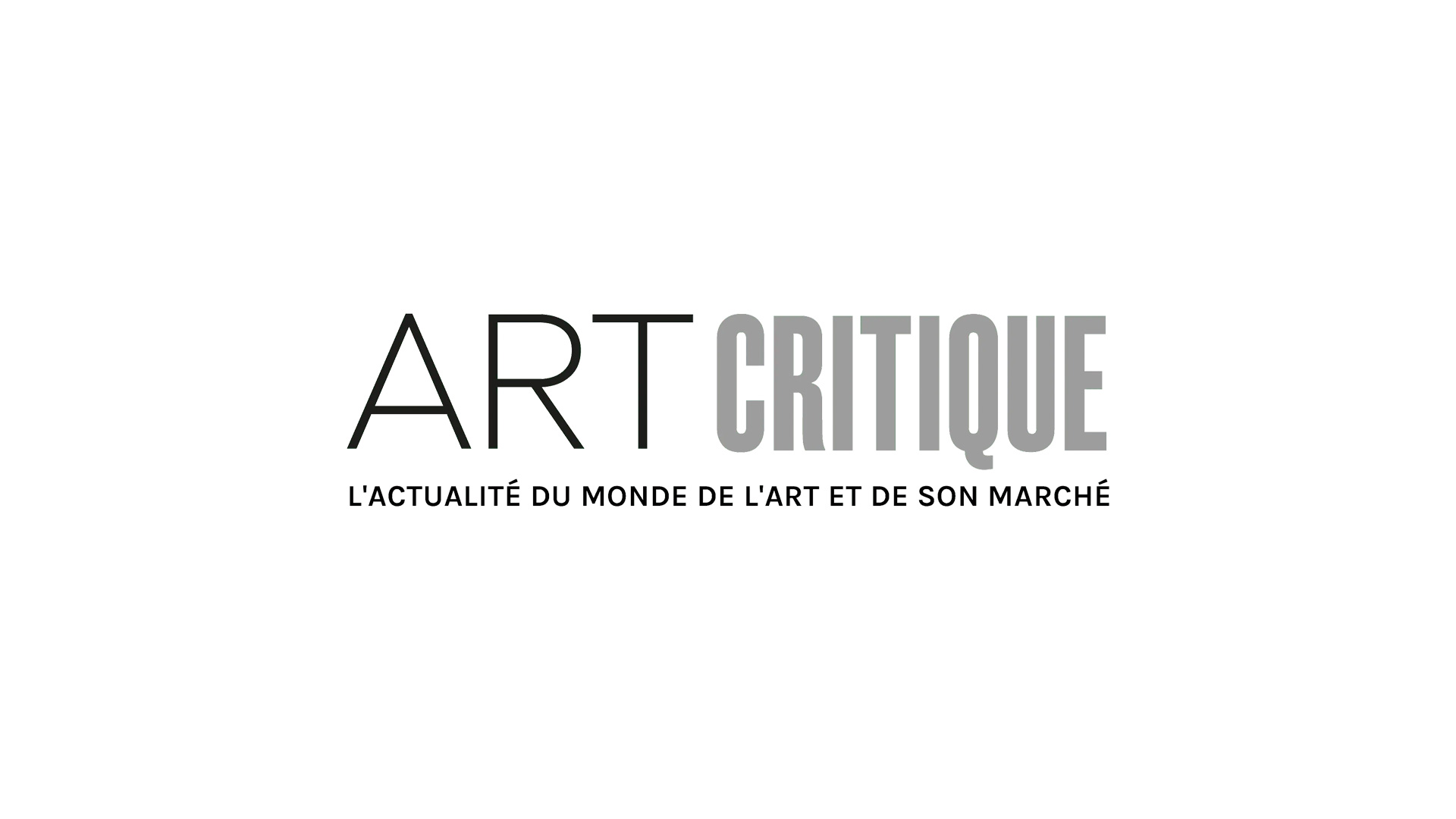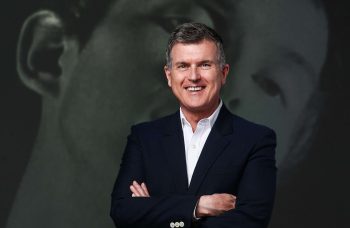Originally from the Czech Republic, Alphonse Mucha went on to develop close ties with France due to his prolific career and fame in the country. The Luxembourg Palace is now paying tribute to this extraordinary artist, courtesy of an exhibition created by the Mucha Trust Foundation. It will be on display until January 27, 2019 – a must-see event for anyone visiting Paris during this period.
The landscape of exhibitions has changed over the last decade and this event in the Museum of Luxembourg exemplifies this transformation. Art company Arthemisia has been commissioned by the Foundation to create the retrospective, in close collaboration with curator Tomoko Sato (conservator at the Foundation). Paris was not chosen purely for its close connection with the life of the artist, but also as the perfect location for the first step in a tour of the artist’s work, with other scheduled venues including Madrid, and Rome. The show mostly displays works normally housed at the Foundation in Prague in an elegant installation that stages the artworks to retrace Mucha’s artistic life.
The Art Nouveau Master
Mucha began studying in Paris 1887 at the Julian Academy. After this academic foundation, he started work as an illustrator and ended up creating posters for theatres and publicity. At this time in Paris, posters are a prominent part of the visual culture, thanks to an improvement in lithography techniques. Mucha enjoyed his involvement in the popular culture of the country and was happy to show his art in public places where everyone could access and enjoy it.
If Mucha is mostly known for its career has a poster artist, he was also an accomplished illustrator, painter, interior designer and decorator, as well as a humanist and activist for his country. All the aspects of his life are presented through the different spaces of the exhibition. From the early creation of posters, to the elegant decoration for the jeweller George Fouquet, up to his late historical painting period, visitors will come to know Mucha, not only for his decorative Art Nouveau style but also as a political figure and an incredible painter. Not satisfied with a single medium, Mucha explored a variety of ways to communicate his ideals to the world through distinctive artworks. Away from his Art Nouveau mastery, the retrospective tries to show the public another side of his talent.
If the artist mostly worked in Paris and the USA, he stayed deeply attached to his home country and used many Slavic references in posters made in France. In 1911, he started work on the Slavic Epopee, a series of twenty gigantic paintings depicting the history of his country from the third to the twentieth century. These incredible eight-metre-long pieces were not moved to Paris for the short-term exhibition but can be admired via screenings in one of the rooms of the Luxembourg Museum.
The exhibition reconstructs Mucha’s life through his artistic output but mostly show works conserved at the Mucha Trust Foundation, especially during his late period. The retrospective is missing many illustrations from his early life but still exhibits the most significant works. Indeed, we can observe pieces such as the posters realized for Sarah Bernhardt’s plays that made him one of the outstanding figures of the Art Nouveau movement. What’s really interesting in this exhibition is the opportunity to discover more obscure works created by Mucha during his later years.





